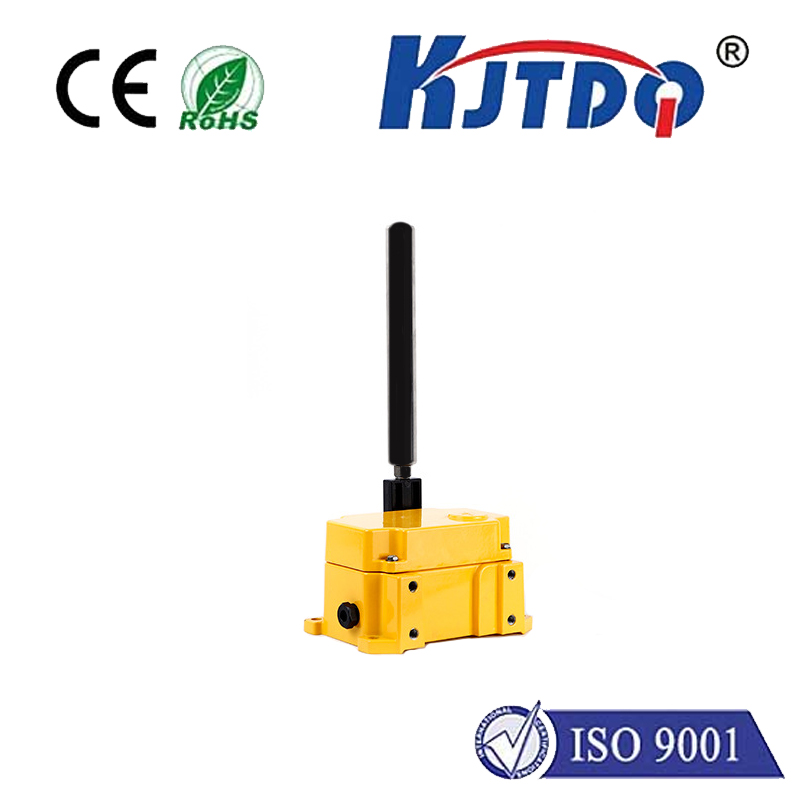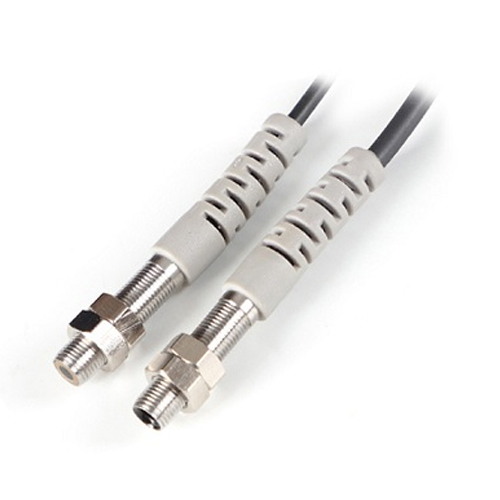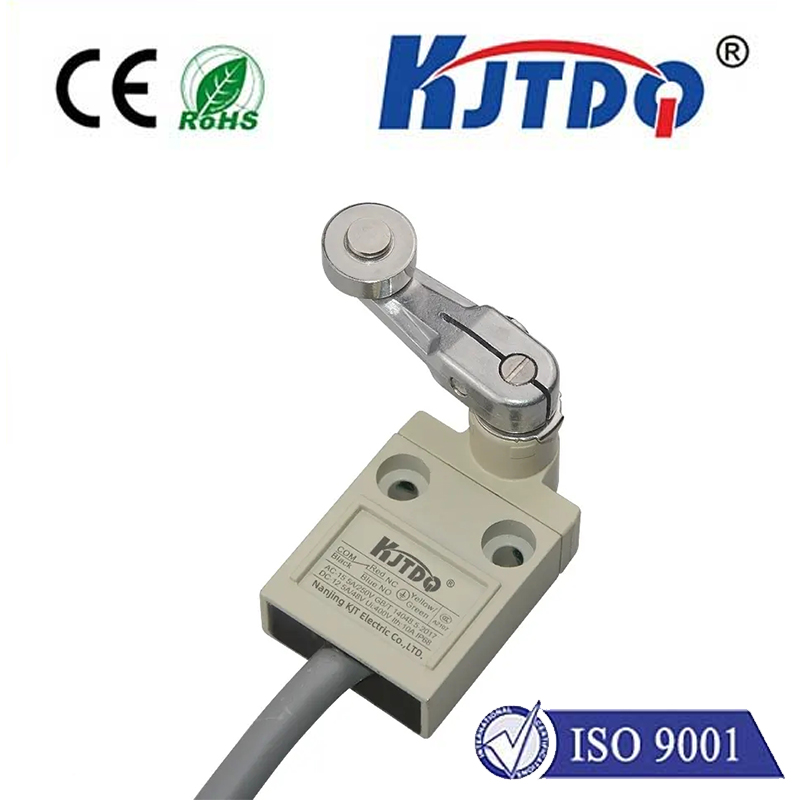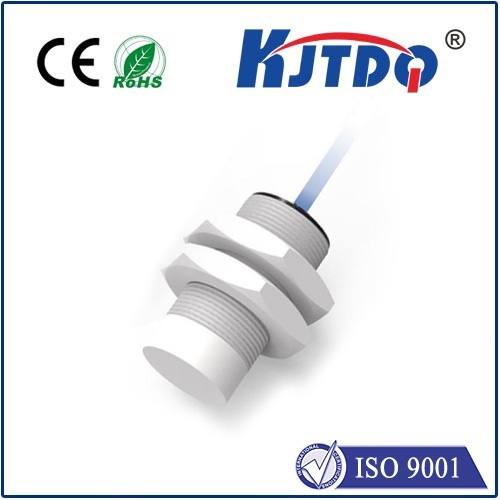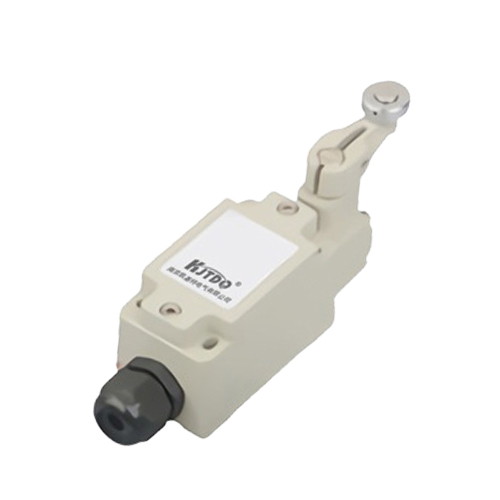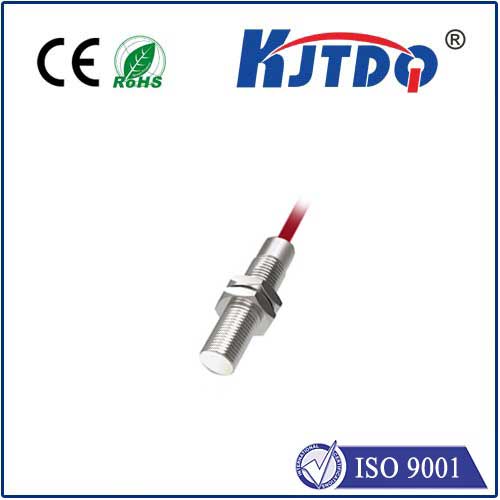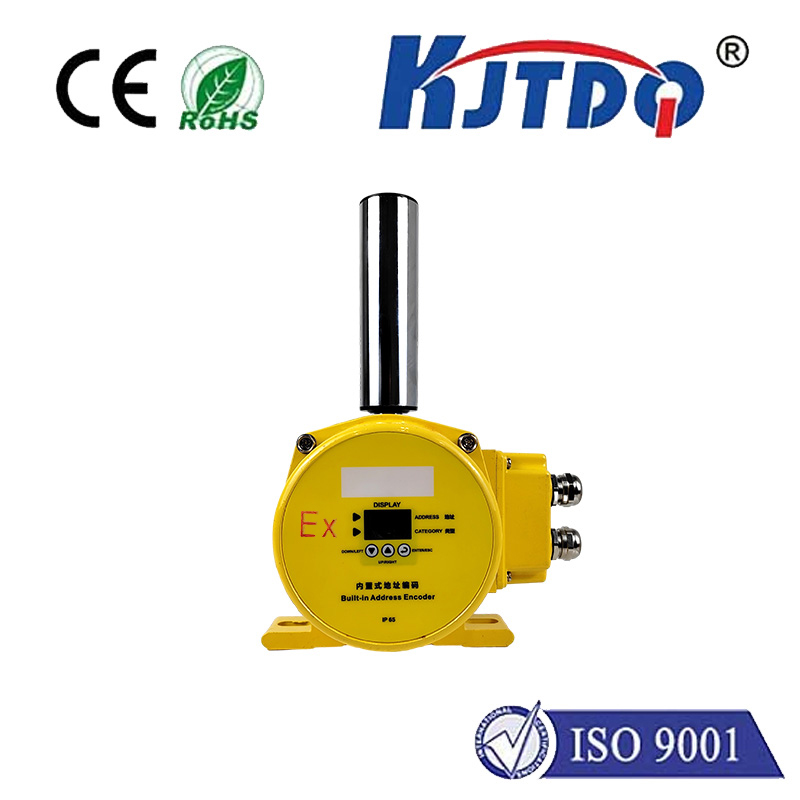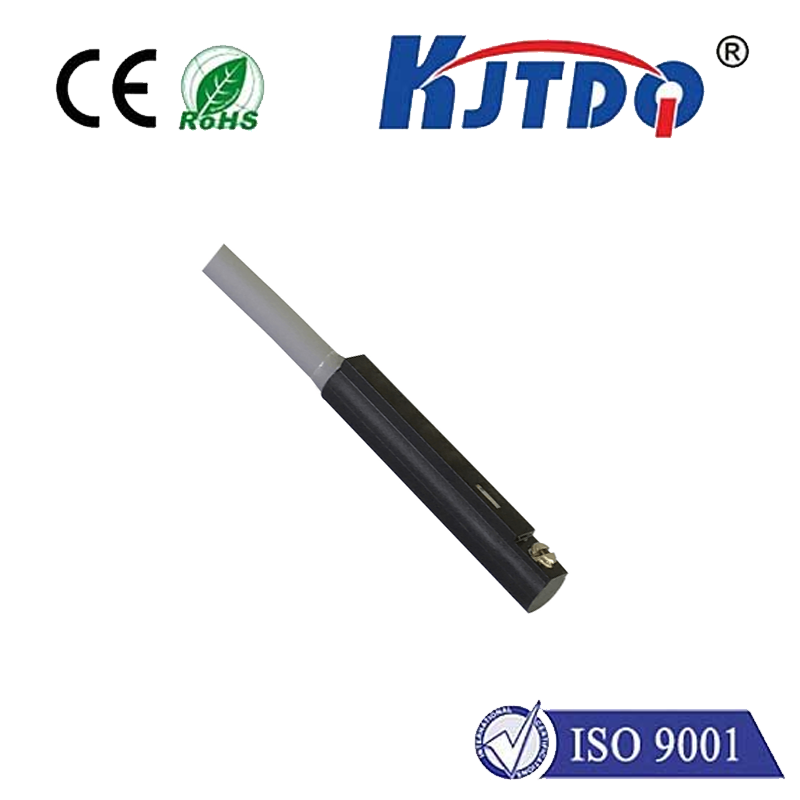micro laser distance sensor
- time:2024-10-19 00:21:07
- Click:0

Title: Revolutionizing Precision with Micro Laser Distance Sensors
Introduction
In the realm of technology, where precision is paramount, micro laser distance sensors have emerged as game-changers. These compact and highly accurate devices are redefining the way we measure distances in various applications. With their ability to provide real-time data with unparalleled precision, they are transforming industries ranging from robotics to automotive manufacturing. In this article, we delve into the world of micro laser distance sensors, exploring their features, benefits, and potential applications.
Understanding Micro Laser Distance Sensors
At their core, micro laser distance sensors are small, lightweight devices that use laser beams to measure distances accurately. They work on the principle of time of flight, where the sensor emits a laser pulse and calculates the distance based on the time it takes for the reflected light to return. The key feature that sets these sensors apart is their micro-size, making them ideal for integration into compact systems without compromising on performance.
Benefits of Micro Laser Distance Sensors
- High Precision: One of the standout advantages of micro laser distance sensors is their exceptional precision. Capable of measuring distances with an accuracy of up to 1 millimeter over long ranges, they far surpass traditional measurement methods.
- Real-Time Data: Unlike other distance measurement tools, micro laser distance sensors offer real-time data acquisition, enabling immediate feedback and adjustment in dynamic environments. This characteristic makes them indispensable in scenarios that demand instant decision-making.
- Compact Size: The diminutive size of micro laser distance sensors allows for easy integration into confined spaces and portable devices, broadening their range of applications without spatial constraints.
- Robustness and Reliability: Engineered to withstand harsh environmental conditions, these sensors maintain optimal performance even in extreme temperatures, vibrations, and dusty environments, ensuring consistent reliability.
Applications Across Industries
The adoption of micro laser distance sensors transcends multiple industries due to their versatility and high performance. Let’s explore some prominent applications:
- Robotics & Automation: In robotics, precise navigation and object avoidance are crucial. Micro laser distance sensors enable robots to map their surroundings accurately, facilitating autonomous movement and interaction within complex environments.
- Automotive Industry: From adaptive cruise control systems to parking assistance, these sensors play a pivotal role in enhancing vehicle safety and convenience features by accurately gauging distances between objects and the car.
- Industrial Automation: On factory floors, micro laser distance sensors contribute to process optimization by monitoring conveyor belt speeds, measuring material levels in tanks, and ensuring correct part placement during assembly lines.
- Consumer Electronics: In modern consumer electronics such as smartphones and tablets, these sensors facilitate advanced features like autofocus in cameras and augmented reality experiences by precisely measuring depth and distance.
- Medical Devices: Within the medical field, micro laser distance sensors find applications in minimally invasive surgeries, guiding surgical instruments with pinpoint accuracy, thus improving patient outcomes and reducing recovery times.
Conclusion
Micro laser distance sensors represent a significant leap forward in precision measurement technology. Their compact size, combined with unmatched accuracy and real-time capabilities, opens up new possibilities across diverse sectors. As innovation continues to drive advancements, we can expect these sensors to become even more integral to our everyday lives, paving the way for smarter, safer, and more efficient solutions. Embracing this technology today means positioning ourselves at the forefront of tomorrow’s technological evolution.












